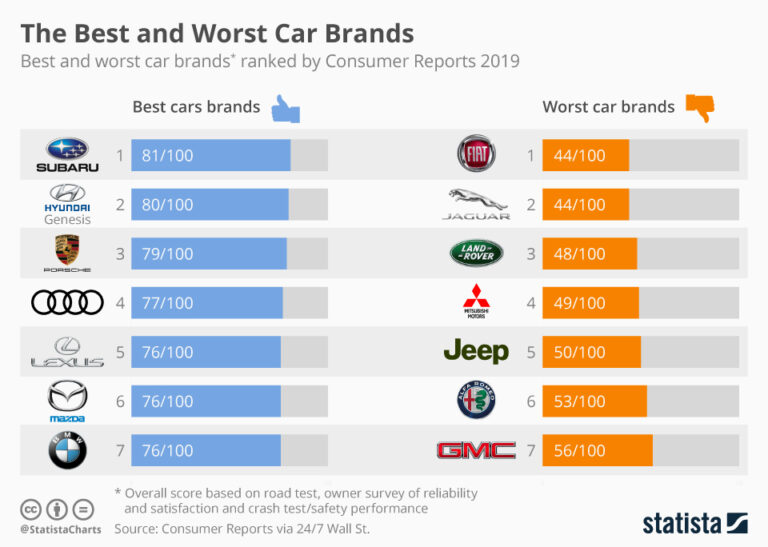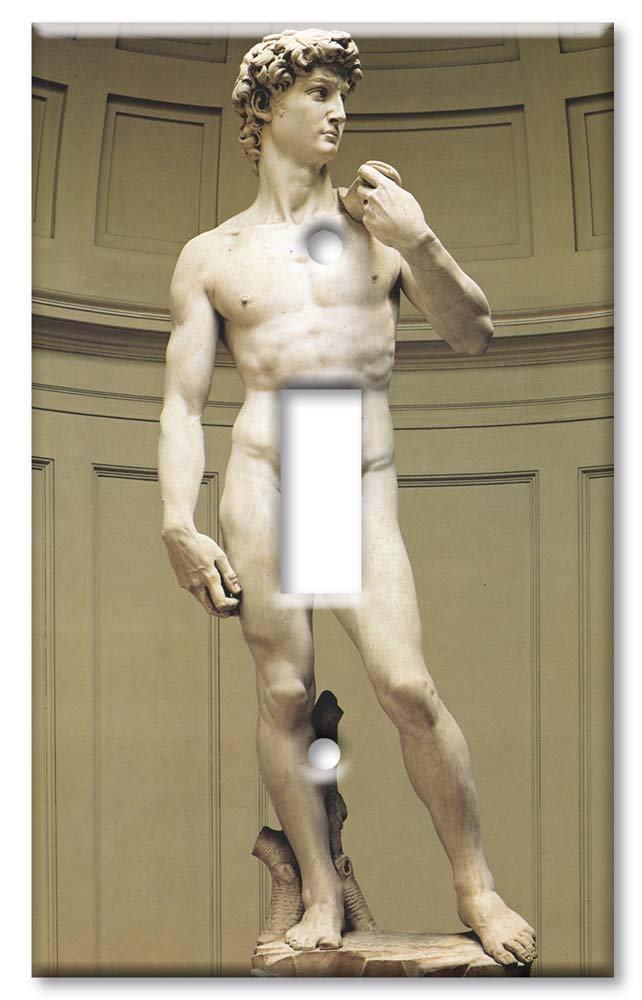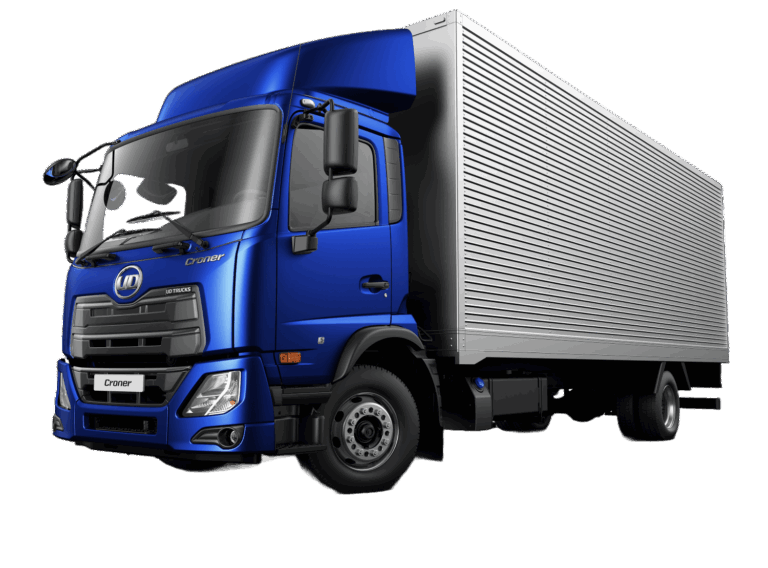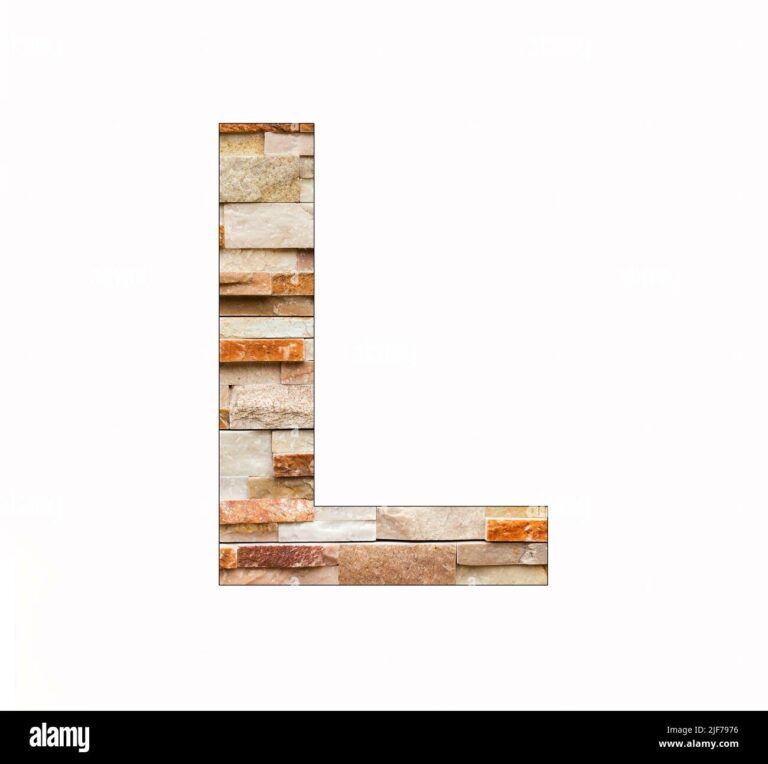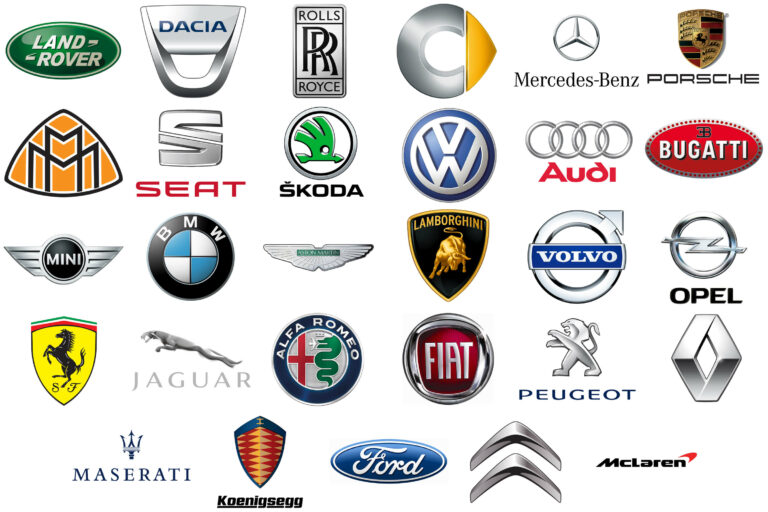Brand New Car Price In Myanmar: A Comprehensive Guide to Navigating the Market
Brand New Car Price In Myanmar: A Comprehensive Guide to Navigating the Market cars.truckstrend.com
Myanmar’s automotive landscape has undergone significant transformations over the past decade, evolving from a market dominated by used imports to one gradually embracing brand new vehicles. For prospective buyers, understanding the intricacies of "Brand New Car Price In Myanmar" is paramount. It’s not merely a sticker price; it’s a complex interplay of international manufacturing costs, stringent local taxes, fluctuating currency exchange rates, logistical challenges, and evolving government policies. This article aims to demystify these factors, providing a comprehensive guide to navigating the brand new car market in Myanmar.
The Evolving Automotive Landscape: Why Understanding Prices Matters
Brand New Car Price In Myanmar: A Comprehensive Guide to Navigating the Market
Once a market where only a privileged few could afford cars, and used Japanese imports flooded the streets, Myanmar has seen a concerted effort by the government to promote the sale and local assembly of brand new vehicles. This shift aims to modernize the transport sector, enhance road safety, reduce emissions, and attract foreign investment. Consequently, authorized dealerships representing global brands like Toyota, Suzuki, Honda, Nissan, Hyundai, Kia, Ford, Mazda, and various Chinese manufacturers have established a strong presence.
However, the journey to owning a brand new car in Myanmar remains a significant financial undertaking. Prices are considerably higher than in many other Southeast Asian nations, primarily due to the unique economic environment and regulatory framework. For any individual or business contemplating such a purchase, a thorough understanding of what drives these costs is not just helpful, but essential for making an informed and financially sound decision.
Key Factors Influencing Brand New Car Prices in Myanmar
The price tag on a brand new car in Myanmar is a sum of multiple, often escalating, components. Unpacking these factors is crucial for understanding the market.
1. Import Duties and Taxes: The Primary Price Inflator
This is arguably the most significant factor contributing to the high cost of new vehicles. Myanmar imposes a multi-layered tax structure on imported cars:
- Customs Duty: Varies based on engine capacity and vehicle type, typically ranging from 0% for electric vehicles (EVs) to around 20-40% for conventional gasoline/diesel cars. Higher engine capacities generally attract higher duties.
- Commercial Tax (Sales Tax): A standard rate applied to the CIF (Cost, Insurance, Freight) value plus customs duty.
- Special Goods Tax: An additional tax levied on certain luxury goods, including cars, which further inflates the price. This tax can be substantial, depending on the vehicle’s value and engine size.
- Income Tax (for businesses): While not directly on the car price, businesses buying cars must account for this in their overall expenditure.
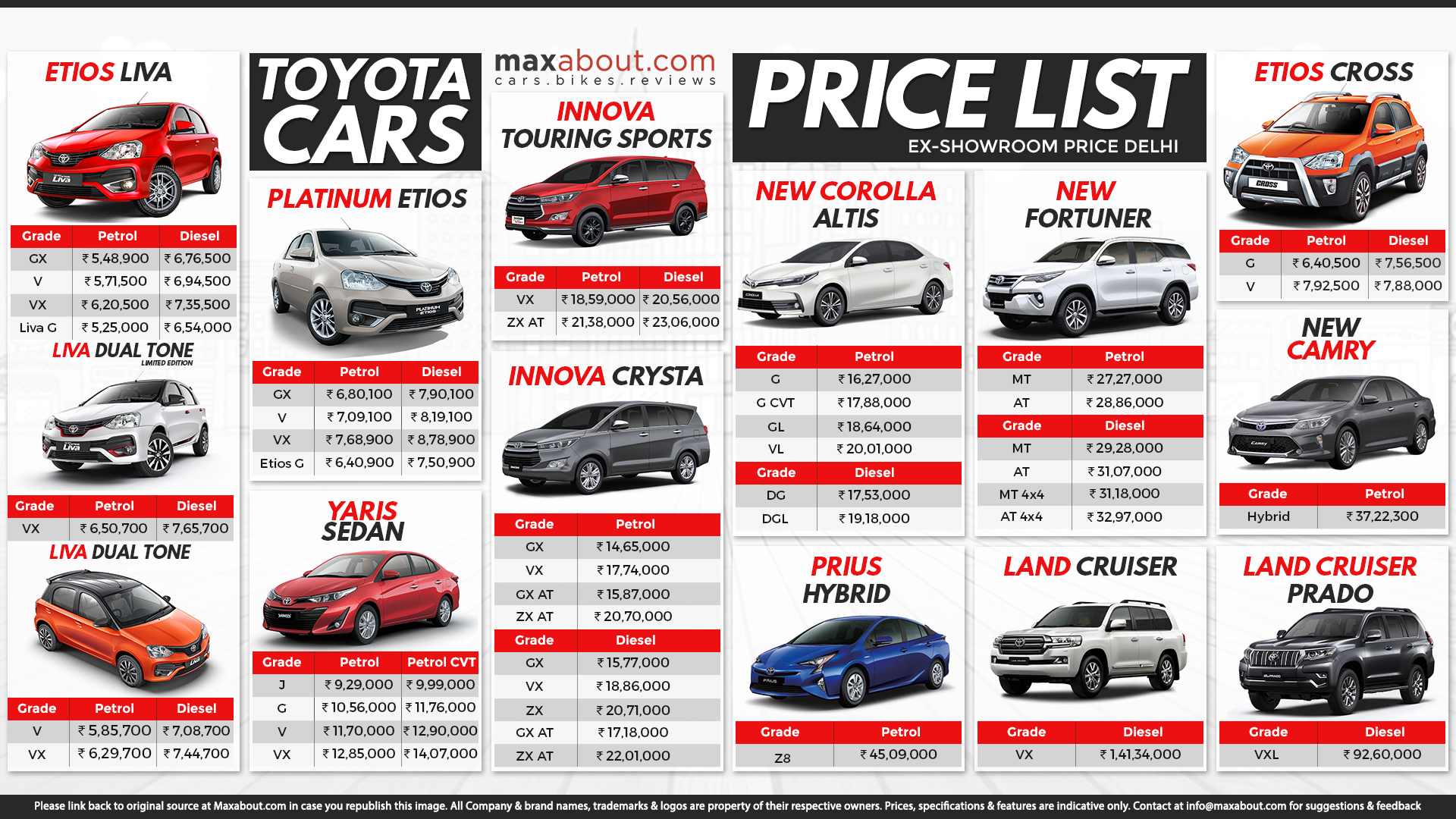
These taxes can collectively add anywhere from 100% to over 200% to the ex-factory price of a vehicle, making a car that costs $15,000 internationally potentially sell for $30,000-$45,000 or more in Myanmar.
2. Currency Exchange Rates: The Volatility Factor
Myanmar’s currency, the Kyat (MMK), has experienced significant volatility against major international currencies like the US Dollar (USD), Japanese Yen (JPY), and Thai Baht (THB). Since cars are imported, their base cost is determined in foreign currency. Any depreciation of the Kyat against these currencies directly translates to higher prices in local currency, often leading to frequent price adjustments by dealers.
3. Logistics and Shipping Costs
Transporting vehicles from manufacturing plants (e.g., Japan, Thailand, China, India, Korea) to Myanmar involves substantial shipping, insurance, and port handling fees. These costs are naturally passed on to the consumer.
4. Dealer Margins and Operational Overheads
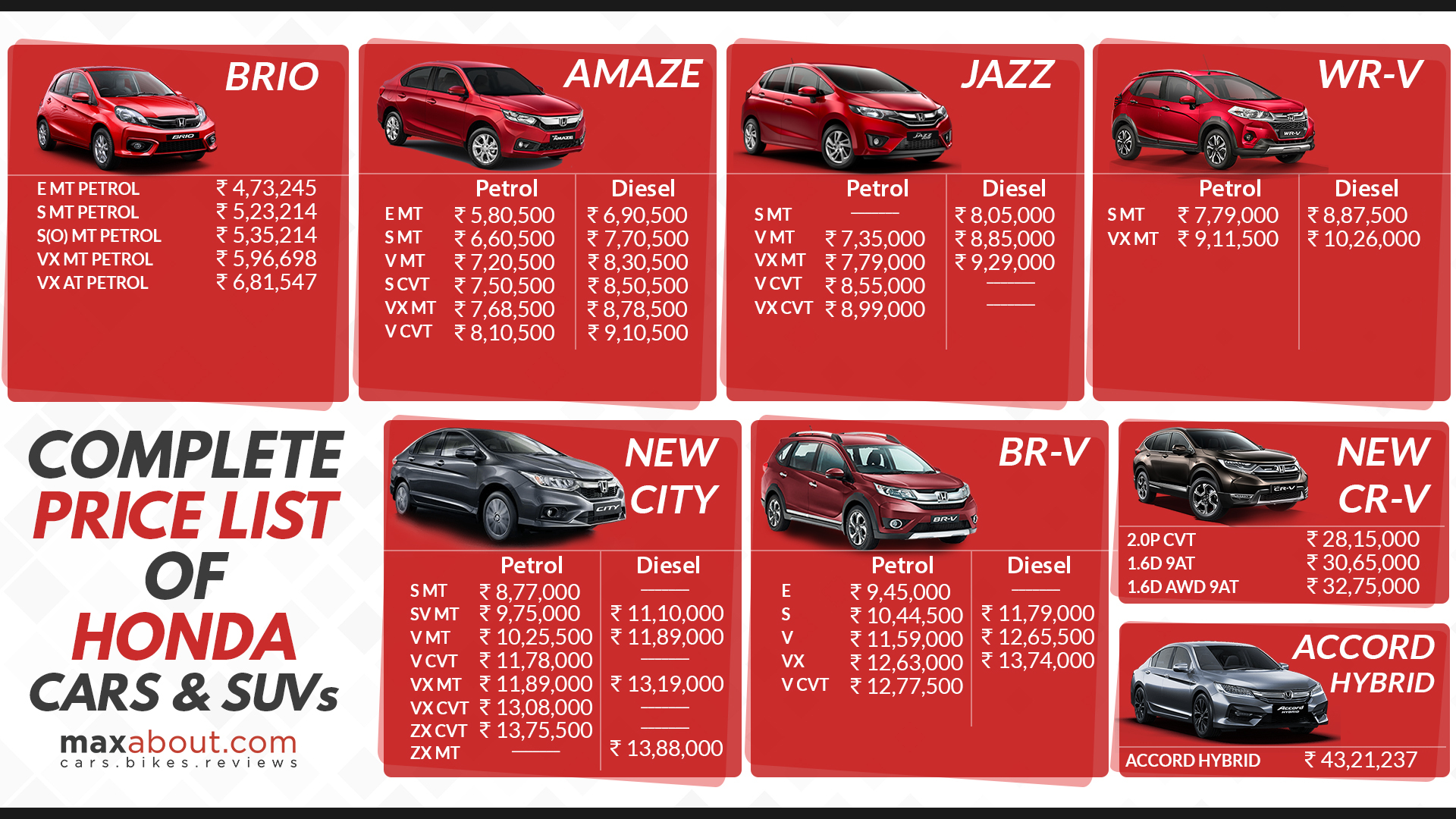
Authorized dealerships invest heavily in showrooms, service centers, spare parts inventory, marketing, and staff training. Their operational costs, along with a reasonable profit margin, are factored into the final retail price. While margins might seem high, they cover extensive post-sales support, warranty, and brand building.
5. Supply and Demand Dynamics
The popularity of certain models or brands can also influence pricing. If a particular model is in high demand and supply is limited, dealers may command higher prices. Conversely, less popular models or those nearing a facelift might see promotional pricing.
6. Political and Economic Stability
The overall political and economic climate in Myanmar significantly impacts consumer confidence and purchasing power. Periods of instability can lead to decreased demand, but also potentially higher import costs due to perceived risk, creating a complex pricing environment.
Popular Brand New Car Categories and Their Price Ranges in Myanmar
Myanmar’s new car market offers a range of vehicles catering to different needs and budgets. Here’s a general overview of categories and their estimated price ranges (all prices are highly indicative and subject to change):
-
Entry-Level Sedans/Hatchbacks (MMK 30 Million – 55 Million):
- These are typically smaller, fuel-efficient vehicles popular for urban commuting.
- Examples: Suzuki Ciaz, Suzuki Ertiga (MPV), Toyota Yaris Ativ (rebadged Vios/Yaris for some markets), some Chery or MG models.
- Features: Basic safety features (ABS, airbags), manual or automatic transmission, essential infotainment.
-
Mid-Range Sedans/SUVs (MMK 55 Million – 100 Million):
- This segment offers more comfort, features, and engine power, making them suitable for families and longer commutes. SUVs in this range are highly sought after.
- Examples: Honda City, Toyota Corolla Cross, Mazda CX-3/CX-5, Nissan Kicks, Hyundai Creta/Elantra, Kia Seltos/K3, Ford Ranger (pick-up), Mitsubishi Xpander.
- Features: Advanced safety (e.g., more airbags, traction control), touchscreen infotainment with smartphone integration, keyless entry, alloy wheels.
-
Premium SUVs/Luxury Sedans (MMK 100 Million – 300 Million+):
- This category includes larger, more powerful SUVs and luxury sedans, often chosen for their prestige, advanced technology, and superior comfort.
- Examples: Toyota Land Cruiser Prado, Toyota Fortuner, Lexus models (RX, NX), Mercedes-Benz C-Class/E-Class, BMW 3/5 Series, certain Ford Everest trims.
- Features: High-end interior materials, advanced driver-assistance systems (ADAS), panoramic sunroofs, premium audio systems, powerful engines.
-
Commercial Vehicles (MMK 40 Million – 100 Million+):
- Pick-up trucks, vans, and light commercial vehicles are essential for businesses and logistics.
- Examples: Toyota Hilux, Isuzu D-Max, Ford Ranger, Mitsubishi Triton (pick-ups); Suzuki Carry, Fuso Canter (light trucks/vans).
- Features: Focus on durability, payload capacity, and fuel efficiency.
Where to Buy Brand New Cars in Myanmar
For brand new cars, the primary and recommended source is Authorized Dealerships.
-
Benefits of Authorized Dealerships:
- Genuine Products: Guaranteed brand new vehicles directly from the manufacturer.
- Warranty: Comprehensive manufacturer warranty, providing peace of mind against defects.
- After-Sales Service: Access to certified technicians, genuine spare parts, and scheduled maintenance.
- Financing Options: Some dealerships may offer in-house financing or facilitate loans with partner banks.
- Proper Documentation: Assistance with vehicle registration and other legal formalities.
-
Prominent Authorized Dealers in Myanmar:
- Toyota Myanmar: Toyota Land Cruiser, Hilux, Fortuner, Corolla Cross, Yaris Ativ.
- Suzuki Myanmar: Ciaz, Ertiga, Swift, Carry.
- Honda Myanmar: City, HR-V, CR-V.
- Nissan Myanmar: Kicks, Terra.
- Mazda Myanmar: CX-3, CX-5, Mazda 3.
- Ford Myanmar: Ranger, Everest.
- Hyundai & Kia Myanmar: Various sedan and SUV models.
- Chinese Brands (Chery, MG, BYD, Haval): Increasingly popular for their competitive pricing and features, especially in the EV segment (BYD).
Practical Advice for Prospective Car Buyers
Navigating the brand new car market in Myanmar requires careful planning and due diligence.
- Thorough Research: Don’t rush. Compare models, features, and most importantly, the total on-road price from different authorized dealers. Consider fuel efficiency, maintenance costs, and spare parts availability.
- Understand the Total Cost of Ownership: Beyond the sticker price, factor in registration fees, insurance (mandatory third-party, optional comprehensive), recurring maintenance costs, and fuel expenses.
- Explore Financing Options: While cash payments are common, inquire about bank loans or dealer financing. Myanmar’s banking sector is developing, and loan options are becoming more accessible, though interest rates can be higher than international norms. Prepare necessary documentation like proof of income, collateral, etc.
- Verify Documentation: Ensure all import permits, customs clearance documents, and vehicle registration papers are legitimate and in order before finalizing the purchase. Authorized dealers handle this, but it’s wise to be aware.
- Consider Resale Value: Some brands and models hold their value better in the Myanmar market due to popularity, reliability, and ease of parts availability. Toyota and Suzuki often have strong resale values.
- Test Drive: Always test drive the vehicle to assess its performance, comfort, and suitability for your driving needs.
- Don’t Overlook After-Sales Service: A good after-sales service package, including warranty and readily available spare parts, is crucial for long-term ownership.
Challenges and Solutions in the Myanmar New Car Market
Challenges:
- High Prices: The most significant barrier, primarily due to taxes and currency volatility.
- Limited Model Availability: While growing, the selection isn’t as vast as in larger, more open markets.
- Currency Volatility: Makes budgeting difficult and can lead to unexpected price increases.
- Complex Regulations: Import and registration processes can be opaque for the uninitiated.
- Financing Constraints: While improving, access to affordable long-term loans can still be challenging for some.
Solutions/Tips:
- Budget Prudently: Account for all costs, not just the car price.
- Stay Updated: Keep an eye on government policies, tax changes, and currency fluctuations.
- Engage with Authorized Dealers: They are your best resource for accurate information, legal purchases, and after-sales support.
- Explore Local Assembly: Some brands are investing in local assembly (e.g., Suzuki, Hyundai, Kia, some Chinese brands), which could potentially lead to slightly lower prices or more stable supply in the long run due to reduced import duties on CKD (Completely Knocked Down) kits.
- Consider EV Options: The government is encouraging EVs with lower duties, which might offer a more cost-effective entry point for some, despite higher initial battery costs.
Brand New Car Price In Myanmar: Indicative Price Table (2024 Estimates)
Disclaimer: The prices listed below are highly indicative estimates in Myanmar Kyats (MMK) as of early 2024. They are subject to significant fluctuations due to ongoing changes in import duties, commercial taxes, special goods taxes, currency exchange rates (especially USD to MMK), logistical costs, specific trim levels, and dealer promotions. Always verify the latest prices and specifications directly with authorized dealerships in Myanmar.
| Brand | Model | Category | Estimated Price Range (MMK) | Key Features (Indicative) |
|---|---|---|---|---|
| Suzuki | Ciaz | Entry-Level Sedan | 30 – 45 Million | Fuel-efficient, spacious interior, reliable, basic infotainment. |
| Ertiga | MPV (Multi-Purpose Van) | 35 – 50 Million | 7-seater, practical, family-friendly, good mileage. | |
| Toyota | Yaris Ativ | Entry-Level Sedan | 45 – 55 Million | Reliable, comfortable, decent features, good urban commuter. |
| Corolla Cross | Mid-Range SUV | 75 – 95 Million | Popular SUV, hybrid options available, modern features, good ground clearance. | |
| Hilux (Double Cab) | Pick-up Truck | 70 – 100 Million | Robust, durable, high towing capacity, popular for commercial and personal use. | |
| Fortuner | Premium SUV | 120 – 160 Million | Large, capable SUV, comfortable for long trips, strong resale value. | |
| Honda | City | Mid-Range Sedan | 55 – 70 Million | Stylish, fuel-efficient, good features for its class, comfortable ride. |
| HR-V | Mid-Range SUV | 70 – 90 Million | Compact SUV, versatile interior, modern design, Honda Sensing (higher trims). | |
| Hyundai | Creta | Mid-Range SUV | 60 – 80 Million | Stylish design, feature-rich interior, comfortable ride. |
| Elantra | Mid-Range Sedan | 55 – 75 Million | Modern design, spacious cabin, good value. | |
| Kia | Seltos | Mid-Range SUV | 60 – 85 Million | Bold design, feature-packed, good performance for its segment. |
| Mazda | CX-5 | Mid-Range SUV | 80 – 100 Million | Premium feel, engaging driving dynamics, refined interior. |
| Ford | Ranger | Pick-up Truck | 70 – 110 Million | Powerful, rugged, popular for off-road and heavy duty, various trims available. |
| Everest | Premium SUV | 120 – 180 Million | Large, comfortable 7-seater SUV, strong performance, premium features. | |
| Chery | Tiggo 4 Pro / Tiggo 7 Pro | Mid-Range SUV | 50 – 80 Million | Feature-rich, modern design, competitive pricing, good value for money. |
| MG | ZS / HS | Mid-Range SUV | 55 – 85 Million | Stylish, connected features, good safety ratings, competitive pricing. |
| BYD | Atto 3 | Electric SUV (EV) | 70 – 90 Million | Modern EV, long range, futuristic interior, lower duties for EVs. |
Frequently Asked Questions (FAQ) about Brand New Car Prices in Myanmar
Q1: Why are brand new cars so expensive in Myanmar compared to other ASEAN countries?
A1: The primary reason is the high cumulative import duties and taxes (Customs Duty, Commercial Tax, Special Goods Tax) imposed by the Myanmar government, which can more than double the international price of a vehicle. Volatile currency exchange rates and logistics costs also contribute significantly.
Q2: Can I import a brand new car myself to save money?
A2: Generally, no. Individual car imports for personal use are highly restricted and complex, often requiring special permits that are difficult to obtain. The market is structured for authorized dealers to handle imports, ensuring compliance with regulations and warranty support.
Q3: Are there financing options available for buying new cars in Myanmar?
A3: Yes, some local banks offer car loans, and a few authorized dealerships may have partnerships or in-house financing schemes. However, interest rates might be higher, and down payment requirements can be substantial (e.g., 20-30% of the car value). Eligibility criteria often include stable income and collateral.
Q4: What’s the difference between buying from an authorized dealer vs. a general car showroom (grey market)?
A4: Authorized dealers sell genuinely brand new cars with full manufacturer warranties, guaranteed spare parts, and certified after-sales service. Grey market showrooms often deal in used or "reconditioned" vehicles, or new cars imported through unofficial channels, which may lack proper warranty, service support, or even legitimate documentation, making them riskier despite potentially lower prices. For brand new cars, authorized dealers are the only reliable source.
Q5: How do I register a brand new car in Myanmar?
A5: When you purchase from an authorized dealer, they typically assist with the entire registration process, including obtaining the vehicle registration book (license book) and license plates from the Road Transport Administration Department (RTAD). This involves submitting necessary documents and paying registration fees.
Q6: Is it better to buy a new car or a used car in Myanmar?
A6: This depends on your budget and priorities. New cars offer peace of mind with warranties, latest technology, and no prior history. Used cars are significantly cheaper but come with risks regarding maintenance history, hidden damage, and lack of warranty. Given the high price of new cars, many still opt for reliable used Japanese imports, but the trend towards new cars is growing.
Conclusion
The journey to purchasing a brand new car in Myanmar is a significant investment, characterized by a unique market dynamic shaped by high taxes, currency fluctuations, and evolving regulations. While the sticker prices may seem daunting, understanding the underlying factors and approaching the purchase with thorough research and informed decisions can lead to a satisfying outcome.
As Myanmar’s economy continues to develop and integrate further into the global automotive ecosystem, the new car market is set to expand further. For now, the key to a successful purchase lies in engaging with authorized dealerships, meticulously researching models and their total cost of ownership, and staying updated on the ever-changing market conditions. With careful planning, the dream of owning a brand new car in Myanmar is certainly within reach for many.


